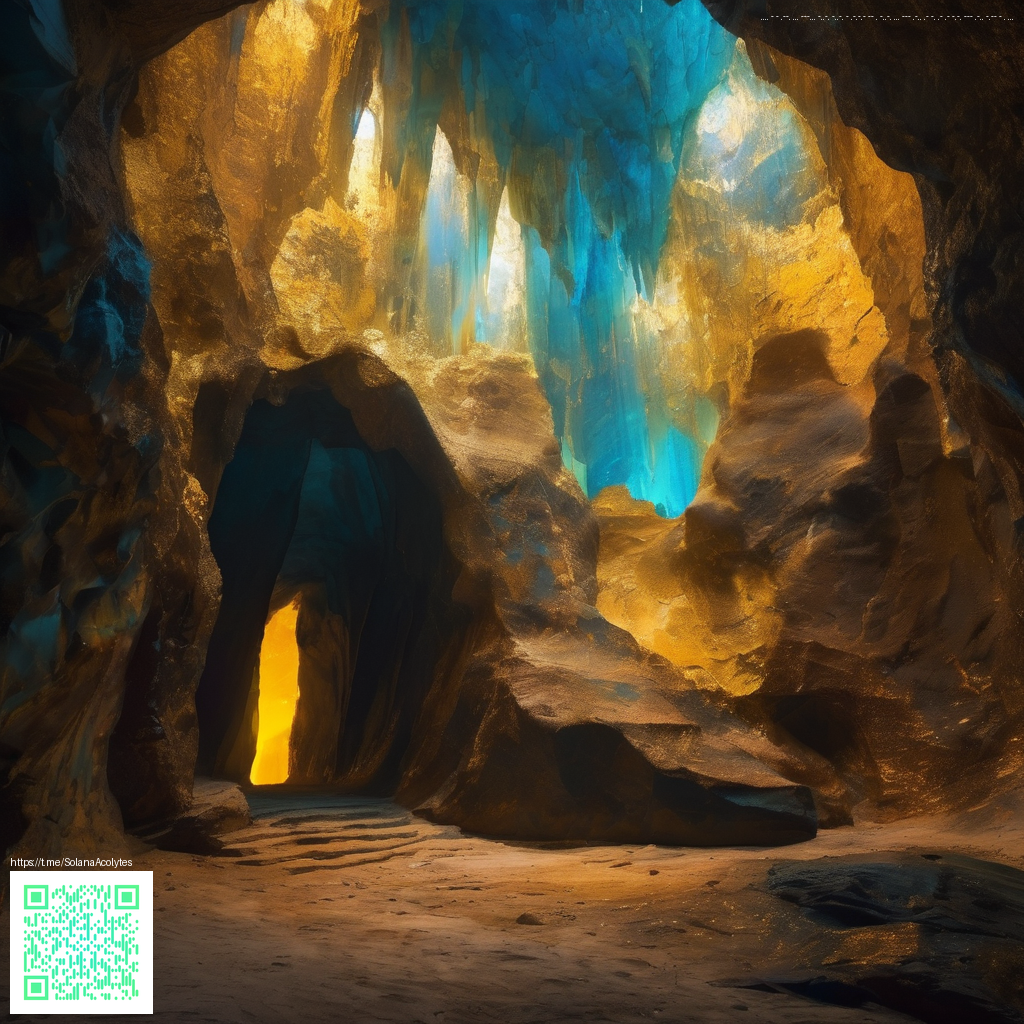
Mining in Minecraft isn’t just about digging endlessly; it’s a craft of planning, geometry, and smart risk management. The most successful miners treat each trip as a small expedition: you enter with a goal, a layout, and a way to maximize rare finds while minimizing danger. The core idea is to create predictable, repeatable routes that yield the most ore per block mined. When you approach mining with this mindset, you’ll find more diamonds, redstone, and iron than by just wandering cave to cave.
Layout over brute force: the two pillars of efficiency
There are two dominant methods you’ll see pro players rely on: branch mining and strip mining. Branch mining centers on a main corridor with shorter tunnels branching off at regular intervals. This design gives you maximum surface area exposure to ore while keeping your tunnel count manageable. Strip mining, by contrast, focuses on removing layers of blocks in wide hollows, which can be effective in practice but often leads to more exposure to hazards and less predictable ore distribution. In real-world terms, think of branch mining as building a well-organized subway map for ore, while strip mining is a broader but rougher survey.
- Plan the central spine: start with a wide, straight corridor at a chosen Y-level, then branch every two blocks to the left and right. This creates 2-block-wide branches that maximize ore visibility without overextending your tunnel network.
- Light and safety: place torches at regular intervals to prevent mob spawns. A predictable light pattern helps you move quickly and safely through your tunnels.
- Tool timing: bring a pickaxe with Efficiency and Fortune if you’re targeting diamonds. The right enchantments can multiply your yield without adding long mining sessions.
Tools, tactics, and throughput
Tools matter as much as layout. An efficient miner pairs a high-durability pick with enchantments that speed up digging and increase ore drops. If you’re playing on survival, plan your inventory so you don’t waste trips returning to the surface. Always carry:
- A couple of spare pickaxes and a reliable sword for mob defense.
- Torches, a water bucket for lava flows, and blocks for quick bridging.
- Food and a shield to weather unexpected encounters.
Smart thoroughness beats long, aimless spelunking. Focus on productive zones—coal and iron early fuel, followed by more valuable targets like gold, redstone, and diamonds as you descend. When you find a promising vein, widen your reach in that area to uncover additional ore without straying far from a known tunnel. This approach reduces wasted time and keeps you in control of the excavation process.
“A well-lit, methodical tunnel network not only speeds up mining but also keeps you calm when mobs start to wander in.”
Before you head underground, consider how you juggle your gear and planning. For some players, a quick, sturdy way to keep essentials within reach is to use a compact carry solution. If you’re curious about a practical option for real life on your desk or on the go, you might check this Magsafe phone case with card holder (Glossy Matte) page. It’s a reminder that good field habits translate to great in-game habits—being organized can pay off in both worlds. For reference, you can also review the guide at this page to see how we present mining strategies in a broader vault-style format.
Mining layers and ore targets: where to look
Different ore types favor different depths. Diamonds tend to appear below the lava level in most worlds, so it pays to set up a search pattern around common Y-levels where ore density is higher. Redstone, gold, and lapis are often found in mid to lower layers, while coal is abundant closer to the surface in many biomes. A practical rule of thumb is to combine your tunnel layout with a tiered search: one branch grid focused on diamonds and redstone, another for coal and iron near the surface, and a third for lava-safe exploration deeper down. Consistency wins over sporadic dipping into random caves.
When you’re playing with friends or streaming, you’ll find that communication around tunnel placement reduces duplication of effort. A shared map or simple notations can prevent several players from mining the same tunnel repeatedly. This reduces resource fatigue and helps everyone stay productive in the long haul.
Luck, luck, and planning: a balanced mindset
Yes, luck matters—rare drops aren’t guaranteed. But a disciplined approach multiplies your chances. By combining efficient layouts, smart tool use, and careful resource management, you build a sustainable mining routine. Treat each expedition like a mini-project with milestones: collect a set amount of iron, clear a sector, map your tunnels, and return with a clear plan for the next run.
To read more about this approach and see a variety of vault-style insights, explore the page linked earlier. The goal is simple: turn mining from a hit-or-miss grind into a reliable workflow that you can repeat session after session.